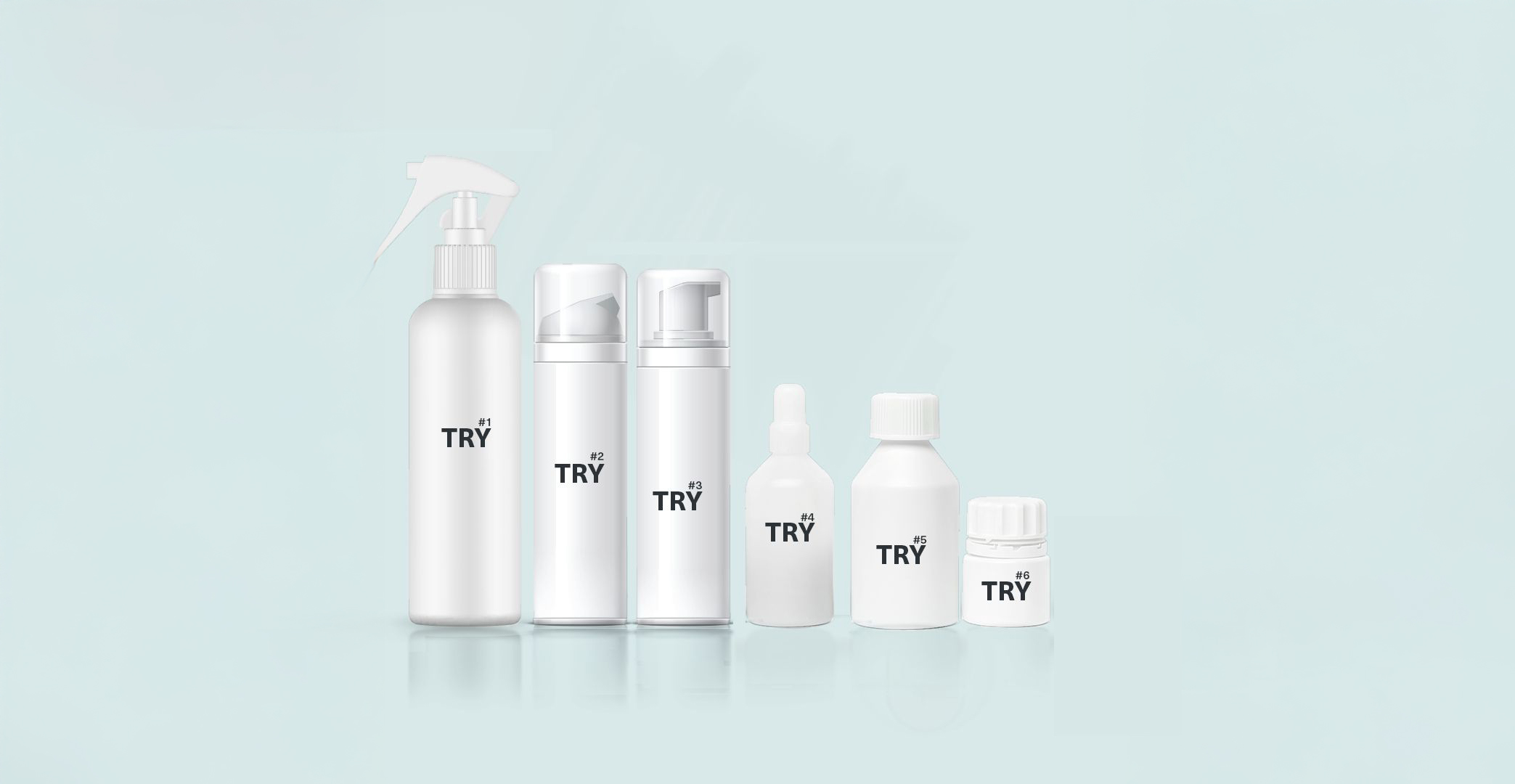2 minute read
When Trying Turns Into Treatment: Evidence You Can Trust.
At this point in the hair loss journey, patients move from self-experimentation to evidence-based treatment a critical transition for outcomes and trust.
How effective are the treatments form clinics and GP’S?
Dutasteride (0.5mg) Reduced DHT by ~98% vs ~70% with finasteride; increased total hair count by ~22 hairs/cm² after 24 weeks vs ~6 hairs/cm² with finasteride.
(Byrdie+11)
Combination (oral minoxidil +Finasteride) Over 92% of patients maintained or improved hair density at 12 months; 57% had significant regrowth.
(PMC)
Spironolactone (for women) Approx. 56.6% showed improvement; combined therapies boosted success to ~65.8%.
(PMC)
Spironolactone monotherapy One study saw ~88% of women for female pattern hair loss improve or stabilize after 12 months.
(Frontiers)
What this means for clinic:
Men’s options: Dutasteride offers significantly stronger results than finasteride ideal for patients seeking accelerated regrowth.
Women’s care: Spironolactone (often with minoxidil) provides true clinical benefit especially when designed according to individual hormonal needs.
Combined protocols: Minoxidil + finasteride demonstrates high long-term efficacy, but consistent usage is key.
Guiding patients through these choices isn’t just about prescribing, it’s about clarity, confidence and the science behind each step.
Are patients arriving at your clinic already on treatments like minoxidil, finasteride, or spironolactone?
Or are they still navigating misinformation and trial-and-error?
How much of a difference could earlier, structured guidance make to their outcomes and their trust in you?
